Tobias and the Angel
Oil on slate, 26 x 37 cm
With frame, 29.5 x 39.5 cm
The biblical story of Tobias and the angel has inspired many painters over the centuries: little Tobias found Raphael, who however did not have the appearance of an angel, and set off with him and his little dog. Arriving on the Tigris River, Tobiolo wanted to bathe; a fish, however, darted from the water and tried to devour his foot. Incited by Raphael, Tobias managed to grab the fish, threw it on the bank and took away his heart, liver and gall, which would have been, according to the angel, remedies against demons and eye diseases. And in fact, once he returned home, Tobiolo sprinkled his father's eyes with fish gall and he miraculously regained his sight. Also in this version the young man is represented holding a fish while walking guided by the archangel in a wild environment devoid of any other human presence. Among the most characteristic elements of the subjects of the Veronese school works we find carpets in velvety colours, drapes impregnated with intense light, refined embroidery of the hems and fine weaving of the fabrics. We find in the natural elements the typical backgrounds with natural landscapes rich in chromatic shades, such as hills covered with lush vegetation, vegetal elements and brighter reliefs in the distance. Even the bright and shiny colors are suited to the teachings of the Veronese and therefore also Venetian schools, although the chiaroscuro contrasts are highlighted here more in the backlit areas. The extremely vibratable and reflective effect of the paint is certainly enhanced by the support: slate. Painting on marble or slate is rather rare, but very precious in its effects.The extremely vibratable and reflective effect of the paint is certainly enhanced by the support: slate. Painting on marble or slate is rather rare, but very precious in its effects. The rarity of works painted on stone, in terms of large figurations, derives above all from the weight of the stone material, much greater than that of a wooden board or a canvas. The use of this support also became established in Veneto during the 16th century, so much so that even great artists of the caliber of Titian and Sebastiano del Piombo tried their hand at creating works on this type of support. An example in the Veronese field can be represented by the Judgment of Solomon by Giovanni Battista Amigazzi, a painter of the Veronese school active between the sixteenth and seventeenth centuries; but the trend of slate painting is also found in the collections of Palazzo Maffei and the Castelvecchio Museum, which contain within them many examples of slate painting by Veronese painters.



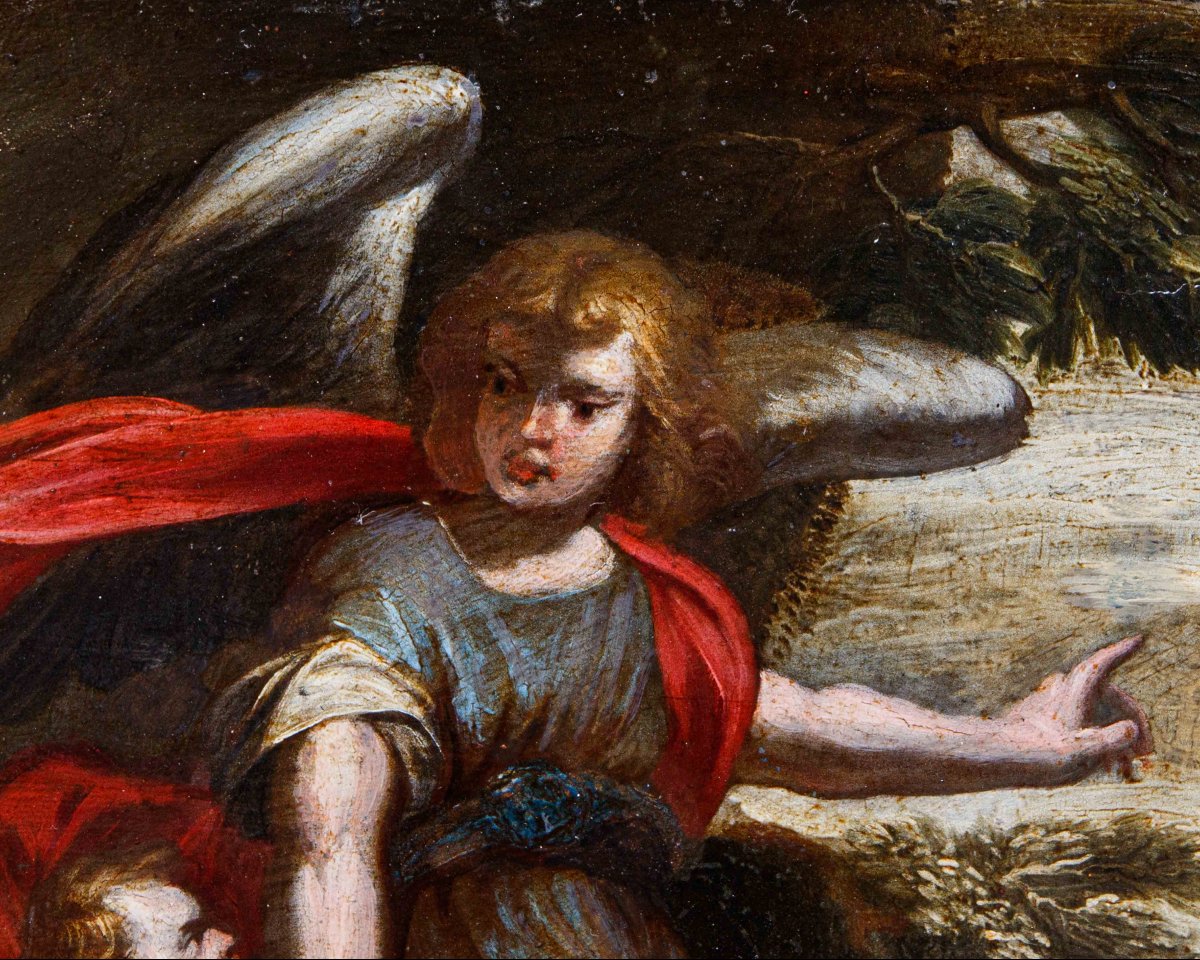
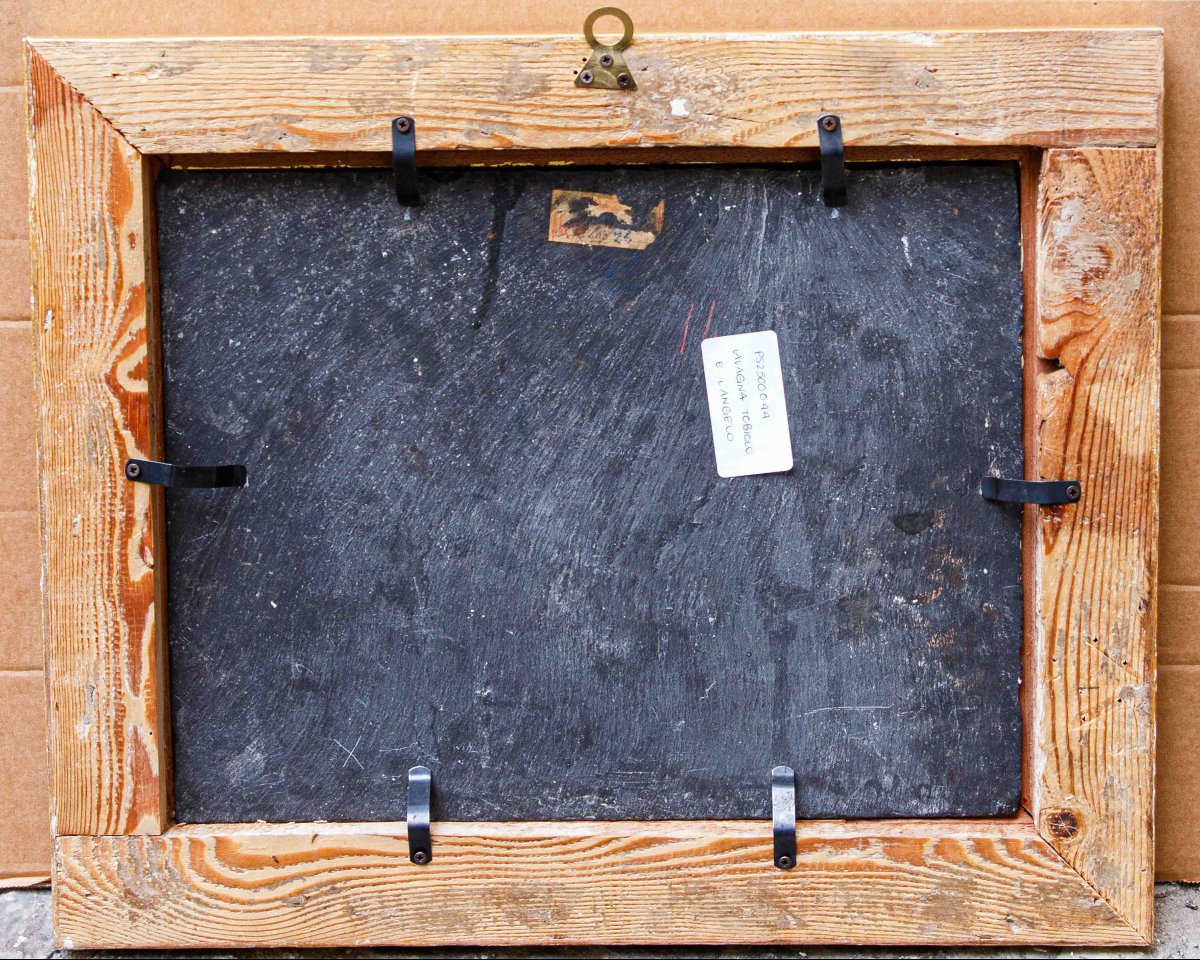

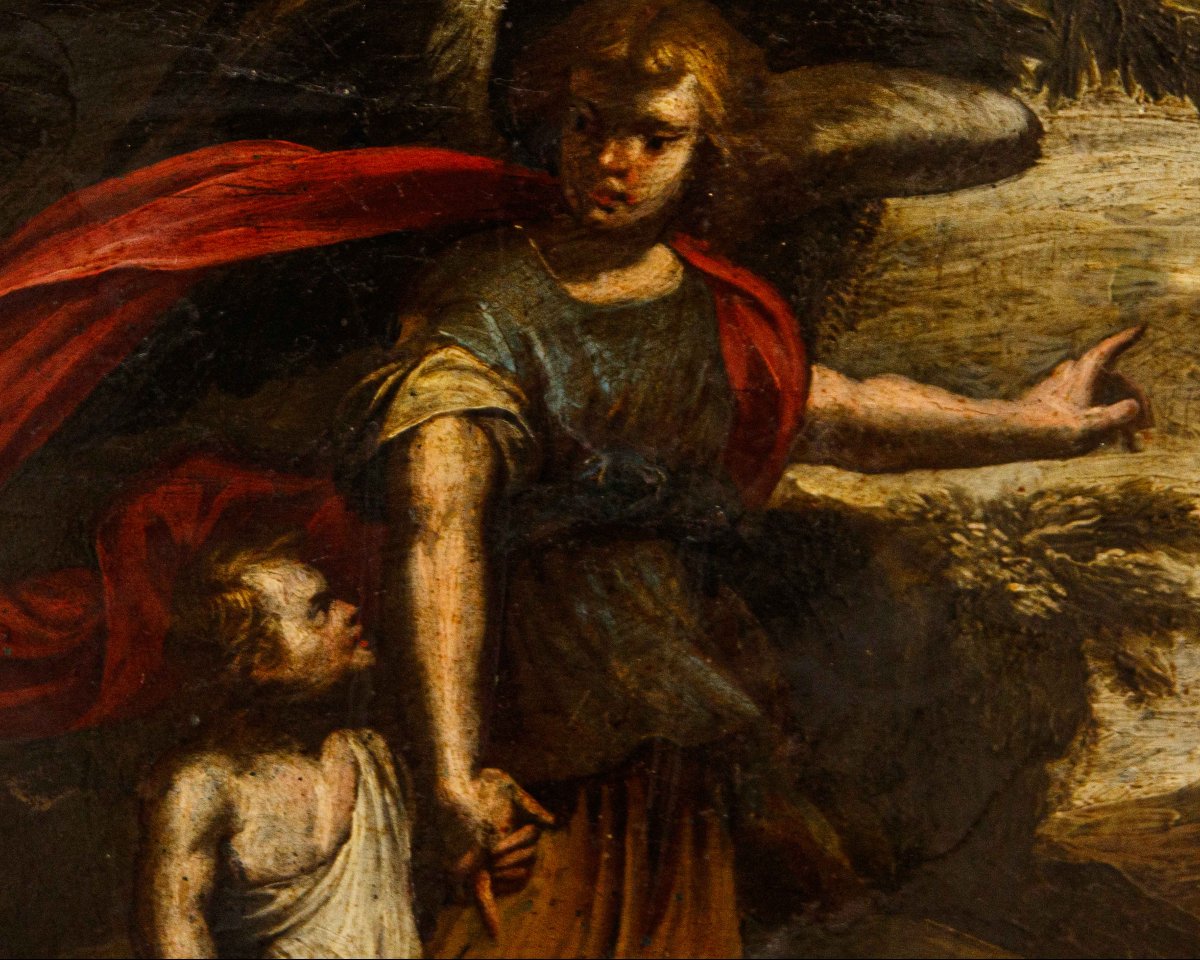
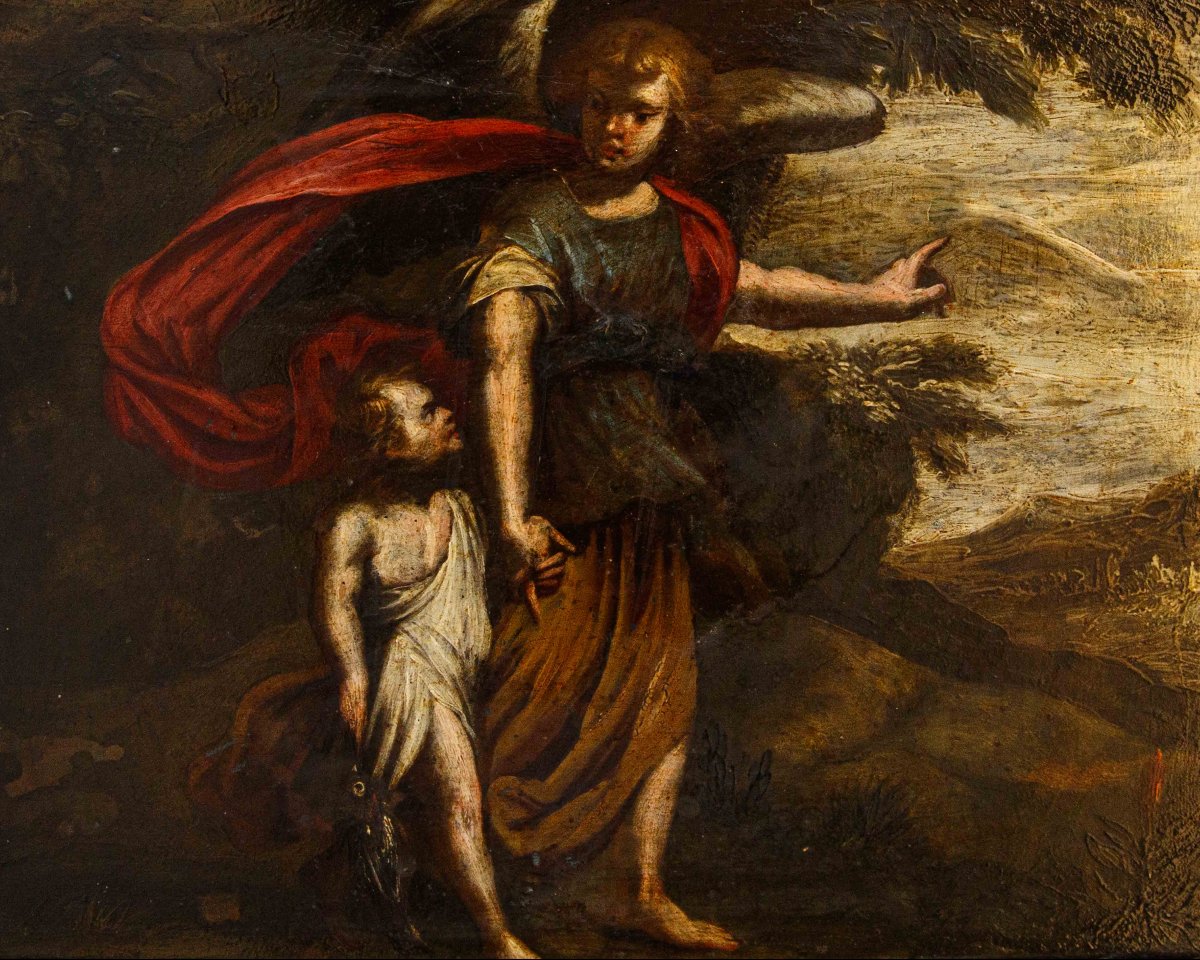
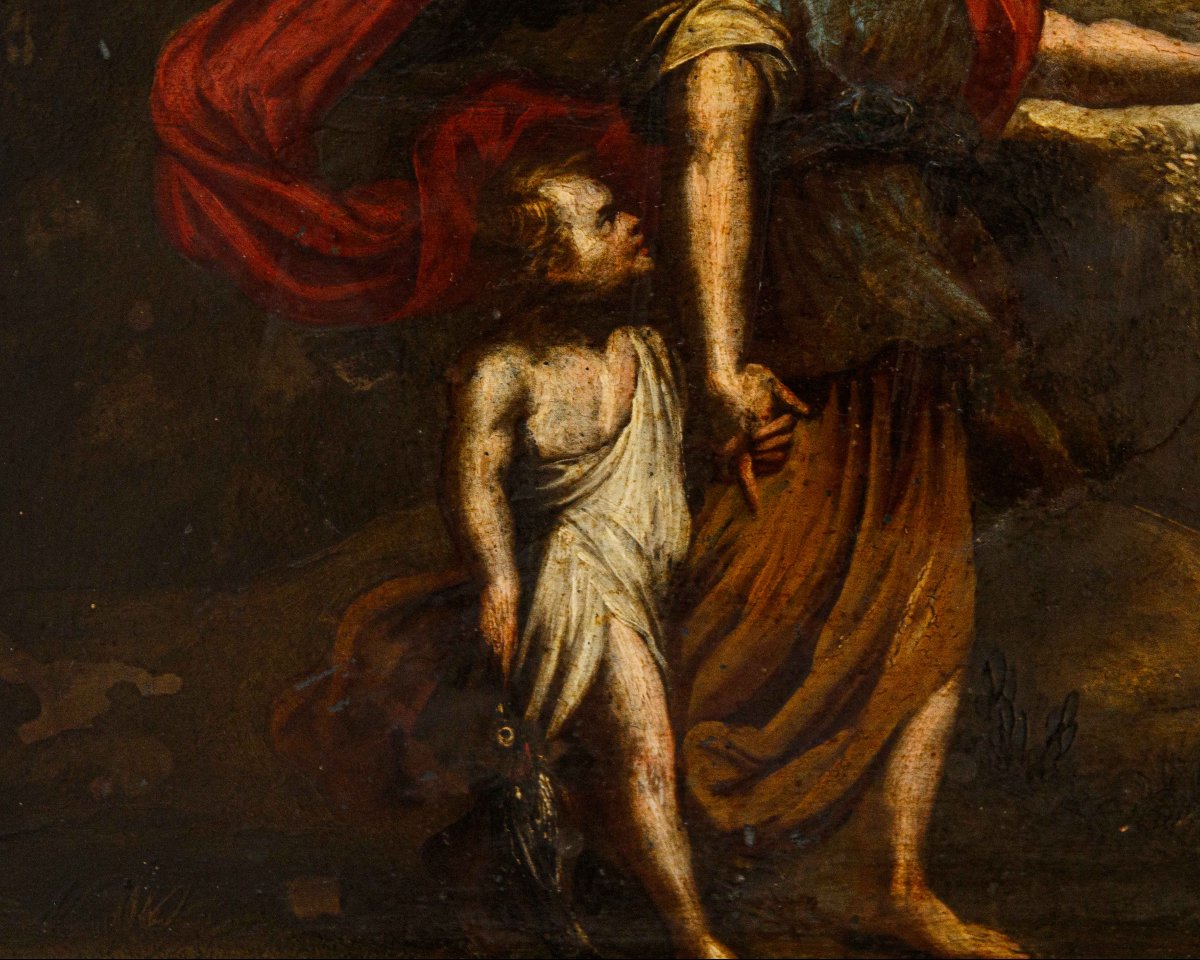
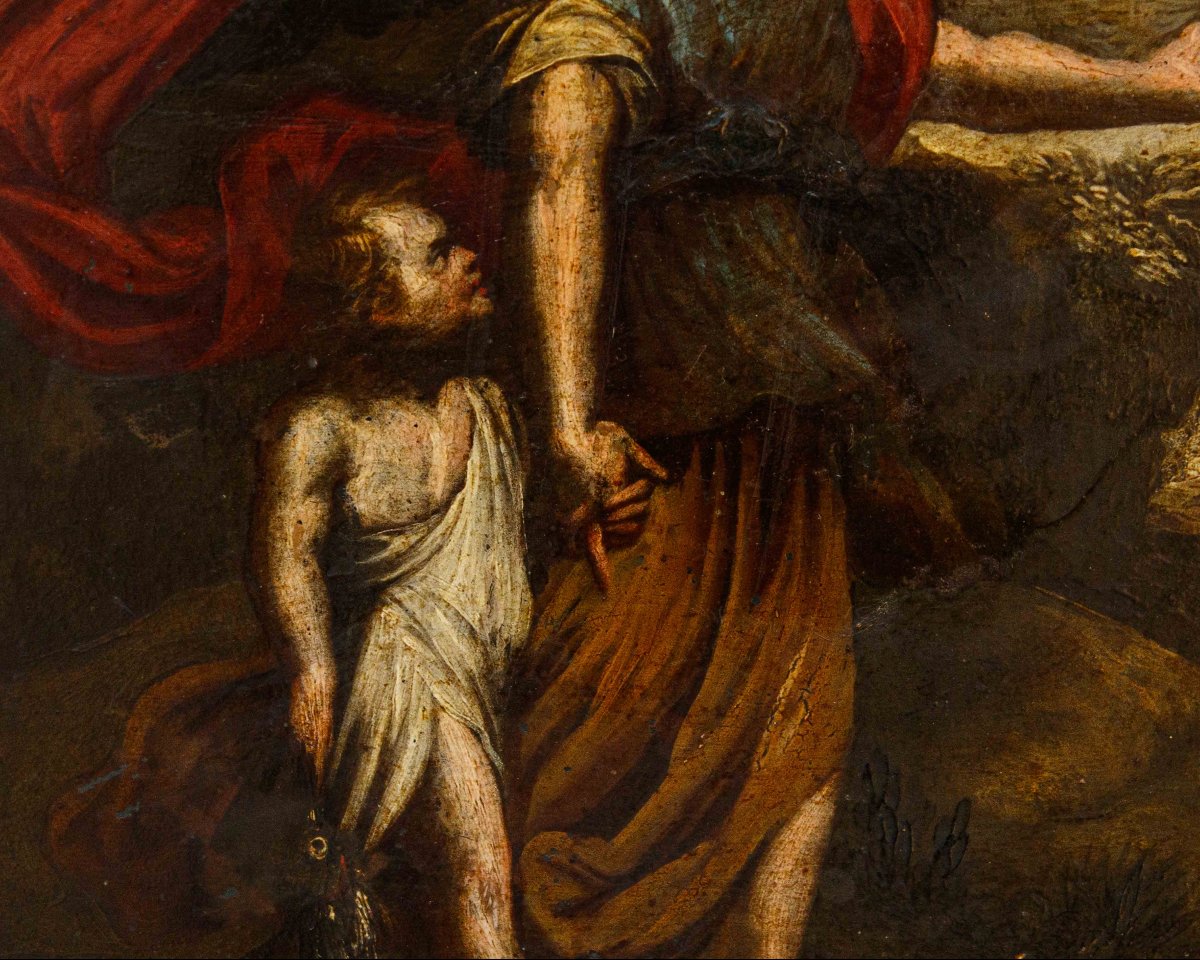
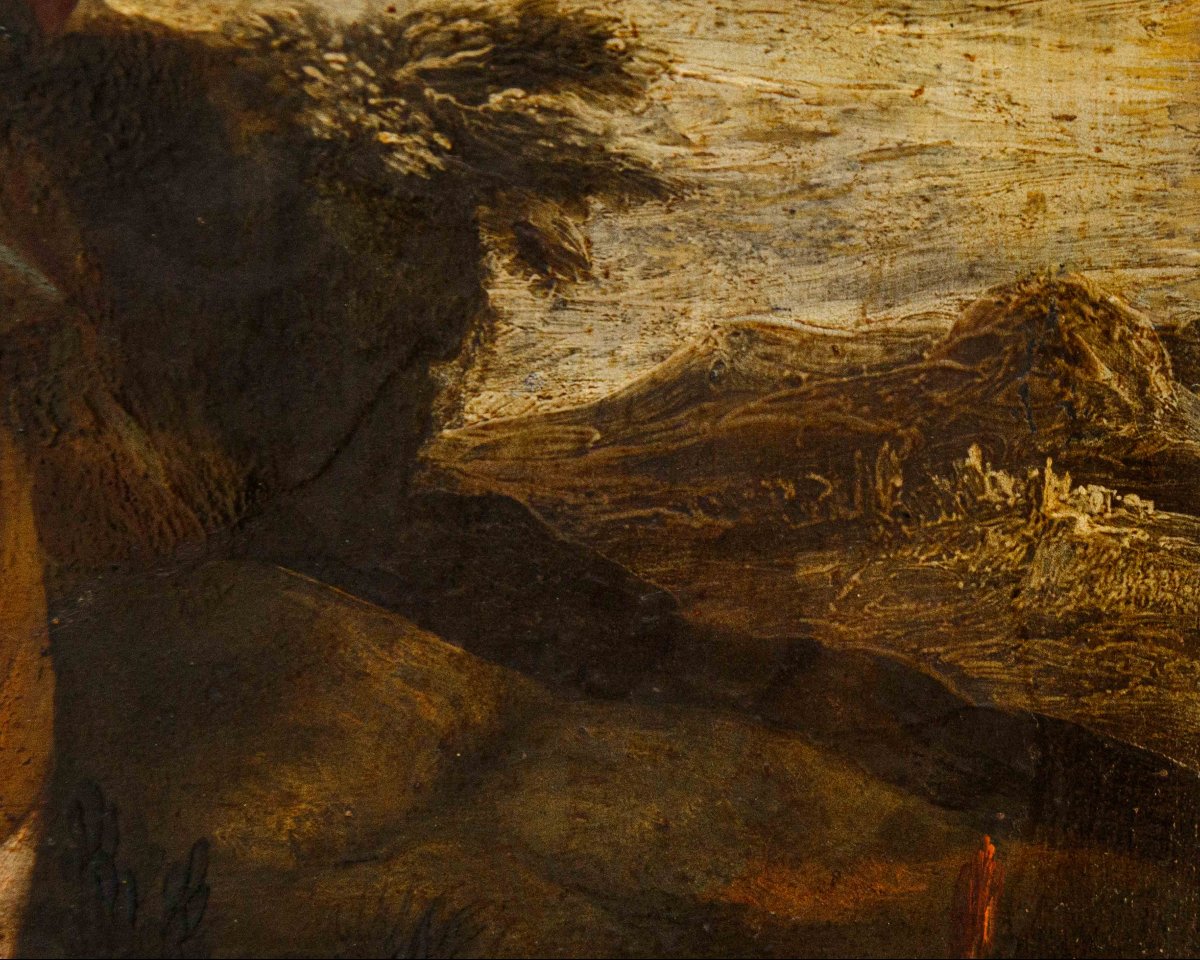












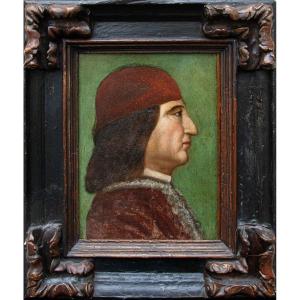



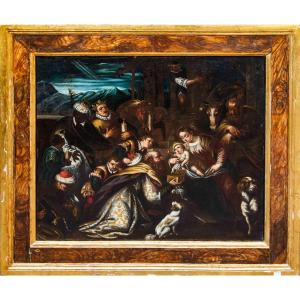




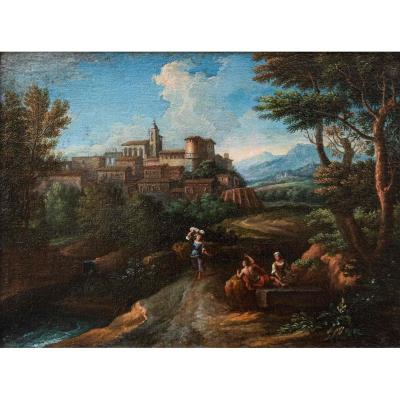
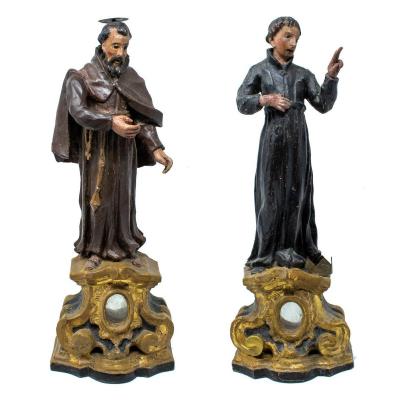


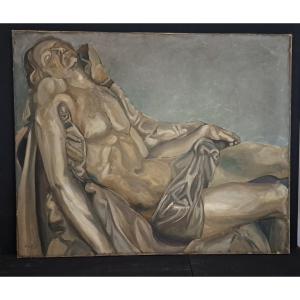
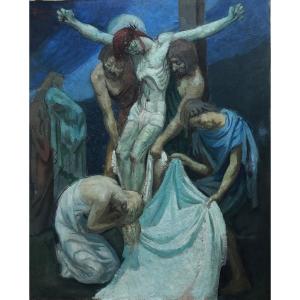
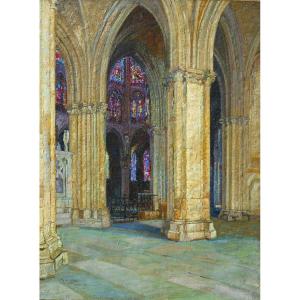
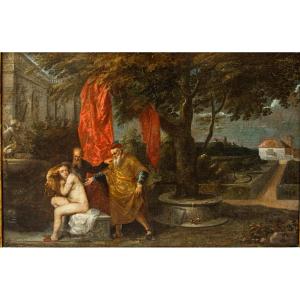



 Le Magazine de PROANTIC
Le Magazine de PROANTIC TRÉSORS Magazine
TRÉSORS Magazine Rivista Artiquariato
Rivista Artiquariato